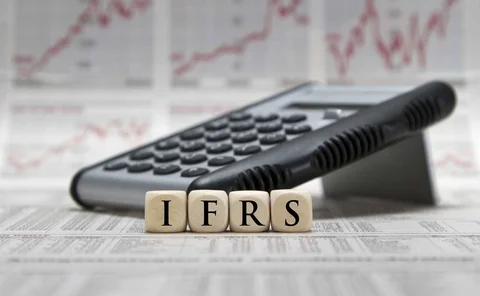Mark-to-market valuation
Stress-testing to improve strategic decision‑making
Banking regulators remain focused on expanding and developing the range of stress-testing regimes across the globe to maintain stability, monitor emerging risks and avoid another financial crisis. Here, a forum of industry leaders discusses the evolution…
FVA – Time to go asymmetric?
Despite being introduced over six years ago, there is still no market consensus on how to calculate funding valuation adjustments. One point of contention is whether to use the same funding curve for borrowing and lending (symmetric funding) or to use…
Large banks set for capital boost through Fed’s AOCI opt-out
Unrealised losses on certain assets will not longer filter in CET1 capital for non-systemic lenders
Structured products – The ART of risk transfer
Exploring the risk thrown up by autocallables has created a new family of structured products, offering diversification to investors while allowing their manufacturers room to extend their portfolios, writes Manvir Nijhar, co-head of equities and equity…
A helping hand – Addressing industry concerns
The Basel Committee on Banking Supervision’s final revisions to the FRTB guidelines aim to address industry concerns around complexity and capital implications. A forum of industry leaders discusses whether the changes have been effective and how banks…
Making technology count in a C/ETRM world
As businesses grow, so does their need for modern, agile and cost-effective commodity/energy trading risk management (C/ETRM) solutions. Pioneer Solutions explores how its next-generation, highly configurable C/ETRM systems take advantage of the latest…
The credit skew market’s surprise package
Mediobanca’s €1.6 billion in issuance makes small Italian investment bank a market titan
Deutsche’s counterparty exposures at odds with capital
Large share of bank’s trades capitalised under internal model method
Enria takes aim at eurozone banks’ sovereign exposures
New ECB supervision chair floats Pillar 2 concentration charge, criticises use of IFRS 9
IFRS 9 drives appetite for long-dated hedges in Asia
New accounting standard helps manage mark-to-market volatility of long-term trades
Lifetime achievement award: Craig Broderick
Risk Awards 2019: Goldman’s long-serving CRO helped bank survive the crisis, and then adapt to new world
Korean insurers shun structured notes ahead of IFRS 9
Prospect of earnings volatility blamed as big buyers of notes turn to less exotic assets
UK derivatives market arrests decline
Gross derivatives values grow £132 billion quarter to quarter
Risk evolves in springtime of energy spin-offs
New risk management challenges as firms split legacy fossil-fuel operations from renewable-focused areas
UK bank derivative balances a mixed bag
Mark-to-market derivative balances with UK entities deteriorate; improve with non-UK firms
XVAs: a gap between theory and practice
Hull and White see splits on FVA, MVA, KVA as irreconcilable
New research shows FVA is not part of P&L – Duffie
Pricing experts defend practices that resulted in huge FVA losses
Totem poll: users of Markit service call for change
Libor-like consensus methodology creates bad incentives, clients fear
Noble Group challenged over mark-to-market accounting
Mysterious critic calls trader's long-dated contract valuations into question
Evolving reporting/valuations in $2.8trn fund admin survey
National regulator AIFMD validation checks said to be neither uniform nor consistent
Prudent valuation vs confidence accounting
Accounts shouldn't pretend valuations are exact - but how best to fix the problem?
Looking back: Post-Enron nerves give way to longer-term fears
Jitters subside as industry ponders role of trading and mark-to-market accounting
Hedge backtesting for model validation
Derivatives pricing and expected exposure models must be backtested as a basic regulatory requirement. But what does this mean exactly, and how can it be used to reserve against model risk? Lee Jackson introduces a general backtesting framework for…
Impact-adjusted valuation and the criticality of leverage
Impact-adjusted valuation and the criticality of leverage





















